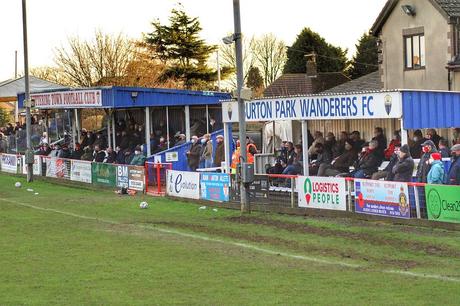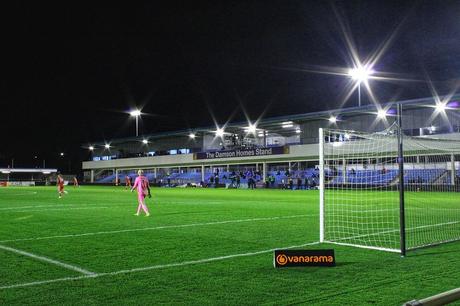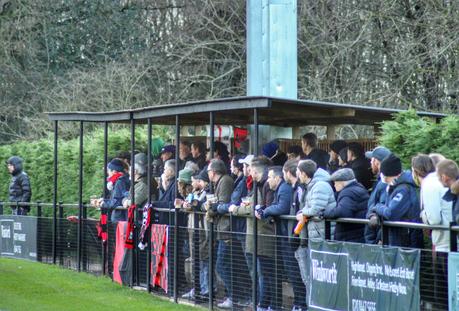The news in early December that football fans would finally be allowed back into all stadiums up and down the country was long overdue and most welcome on the face of it. Whilst clubs playing at Step 3 and below were able to start the season back in September with restricted capacities, the “elite” clubs competing at the levels above had to play their games in front of empty stands.
Clubs in the first six steps of English football were finally able to admit fans, although in limited numbers. In a game where all of the money flows to the top twenty clubs it was with some irony that it was the clubs at the lowest level of the Elite game, the National League North and South who benefited the most, with many able to have attendances on a par with their normal average one, albeit in a socially distanced way. Just as Steps 1 & 2 of the Non-League game were welcoming fans back, the Government brought out a new tiering structure that saw a significant percentage of clubs at Steps 3 & 4 placed in Tier 3 restrictions, which initially meant no fans at all.

Whilst the debate raged on Social Media on the rights and wrongs of a suspension of the Steps 3 & 4 leagues, further measures put in place by the Government soon made it very clear that football, at the non-elite level, was not going to continue in many areas. There had been promises made of £14 million in funding as far back as early November and even changes to legislation that would allow clubs to benefit from secondary spend, but still we wait for those details.
Whilst every football club has suffered to a greater or lesser extent, there can be no denying that those at the top end of the game (The Premier League and The Championship) have at least seen revenues from their TV deals. The further down the leagues you go, the more of an impact the lack of match day revenue has caused. To many clubs in the elite game, the cost of making their grounds COVID-safe far outweighs the revenue they earn from such a small number of fans being present.
Many clubs invested in their grounds and staffing to be ready to welcome fans back. Most football fans expected that to happen from the start of the season – in fact a small number of test events were held including games at Cambridge United and Brighton & Hove Albion before a significant rise in infection rates led to the brakes being put on football with fans. The further National Lockdown announced on the 31st October heralded the cessation of any football from Steps 3 downwards for four weeks, with that being the last date that clubs played a competitive game, fans or no fans at that level.

For clubs playing in Tier 1 at the elite level, up to 4,000 fans have been able to return, whilst at Tier 2 it has been up to 2,000. Unfortunately, for some clubs, especially those in London and the South-East, they only managed one game as Tier 2 clubs before the restriction level increased to Tier 3 and then to Tier 4 meaning no fans.
In the last EFL season, the average attendance in League Two was 4,467, with Lincoln City the best supported team with an average of 9,006. Fourteen out of the twenty-four clubs averaged over 4,000 which is the maximum a club will be allowed within the new Tier system, assuming they were at Tier 1. In other words, only 10 who play in the fourth tier of English football, plus four who were in the league above, would be OK to welcome back their average crowds. With infection rates continuing to rise, how long will it be before fans are once again locked out of grounds?
Football often pitches itself as above the rules and regulations of normal life (punching an opposition player on the field = red card and a suspension. Do that in the car park of the ground and it could be prison, for instance) but there’s no shortcuts here. COVID-19 is the biggest game changer that the sport has ever seen and I don’t think we have even moved into the second half of the pandemic yet. We all have to expect changes, often with no notice, which frustrates fans and clubs alike.

One day we will all be able to watch games live, alongside fellow fans. The longer the restrictions go on for, the more financial pressure is put on clubs lower down the pyramid and the Football Association has to do something to stop clubs going to the wall. There’s now wall to wall Premier League action, which ensures that the clubs at the top of the professional game can thrive, let alone survive but more has to be down below that level otherwise there will be no national game as we know it today for the future generations.

